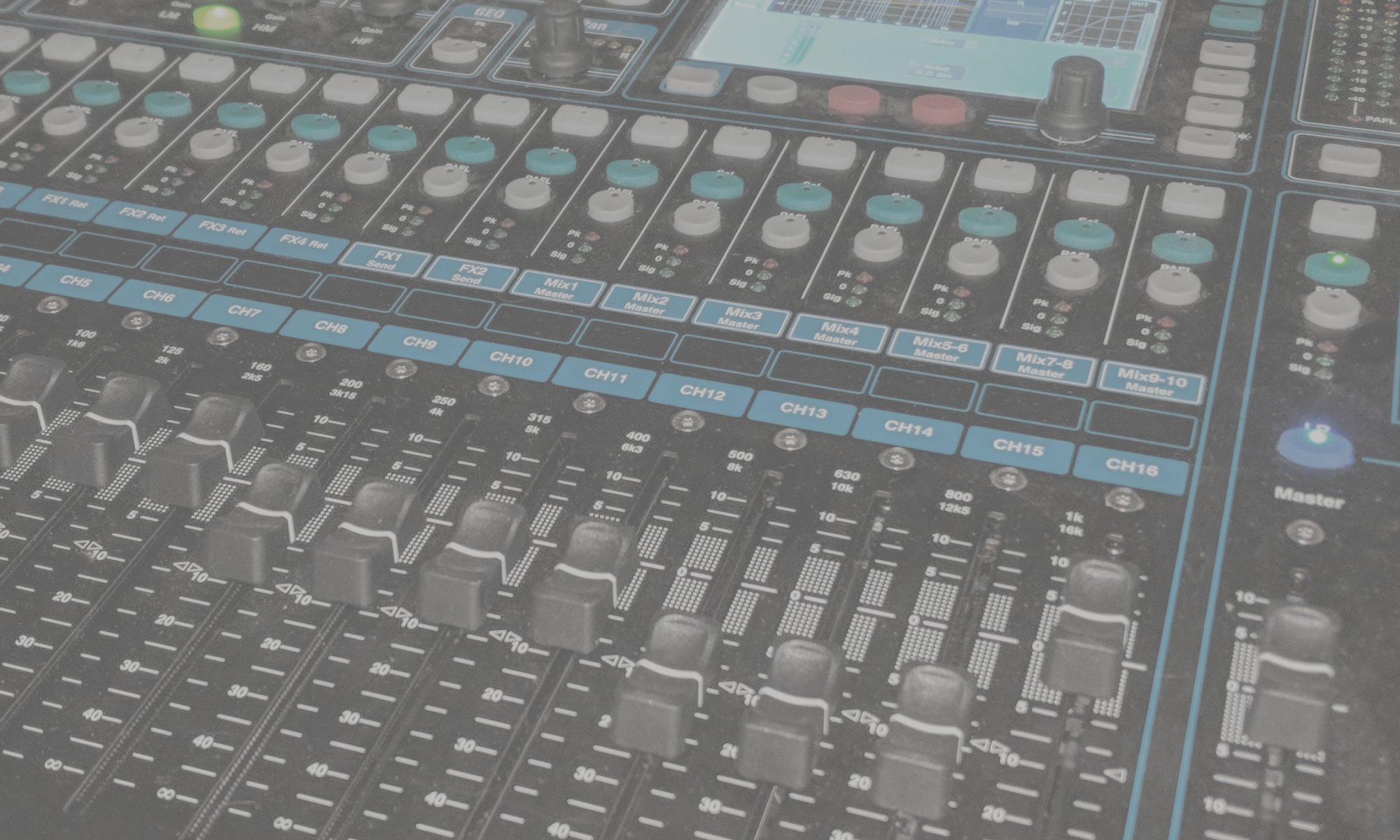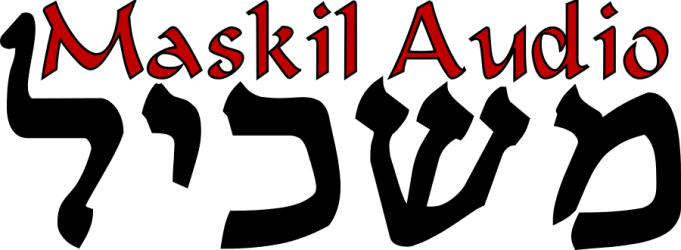Now that your sound check is done, it might be handy to put similar instruments together. It’s a lot easier to move one or two faders if the drums are too loud instead of trying to move all of them the same about. Routing these channels into groups can make mixing less hassle, even if it adds a bit of complexity.
Audio Groups
Audio groups are the kind most often found on analog mixers. Instead of a channel going directly to the master, it first goes through this special kind of channel. The advantage is having control over multiple channels with one fader, but a major disadvantage comes about when dealing with effects. Lowering the volume of several channels by an audio group will not lower the volume of any effects mixes on those channels, so you could end up with a lot more perceived reverb when you meant to just make it all quieter. Audio groups are becoming less common as digital mixers have become more affordable and popular.
VCA/DCA Groups
Voltage- or Digital-Controlled Amplifier groups have the same result as an audio group, but go about it a very different way. These are found on many digital mixers, as well as higher-end analog mixers. Like audio groups, VCAs (assume I’m talking about DCAs as well from here on out; they function the same way) control multiple channels with one fader, but instead of passing audio through them, VCAs act like a remote control of the channels assigned to them. Turning down a VCA has the same effect as turning down each channel assigned to them. This eliminates the effects problem with audio groups, as each effect send will also be lowered as each channel fader is virtually lowered by the VCA.
Mute Groups
Mute groups are a limited-scope group in that only control if or not a channel is “off”. This can be handy in a number of situations, but especially in venues like churches when it is convenient to, with one button, mute all of the musician channels while the pastor is preaching.
Auxiliary Mixes
Aux mixes are what let you send only specific channels to effects, monitors, additional speakers, and so on. They generally come in two types: pre-fader and post-fader. Pre-fader mixes are not affected by the channel fader going to the master output, but post-fader mixes are.
Effect Sends
Effect send mixes are usually best set post-fader, so the wet level of the effect stays roughly constant compared to the level of the dry signal. Effects also have to come back to the board somehow, either into a dedicated channel for the effects (as on many digital boards) or plugged into an “aux return” or a regular input channel (as on most analog boards).
Monitor Sends
Pre-fader mixes are the way to go for monitors. Usually musicians want their monitor mixes to sound a certain way, and it just wouldn’t do if every time something changed in the master mix it also changed in the monitors. The pre-fader aux mix means the monitors are somewhat independent (at least in volume) of the mains.
Aux-Fed Subwoofer
A more complex, but very helpful, kind of post-fader aux mix is one that feeds a subwoofer. This gives you more control over the low frequency content of your mix, as only certain channels are sent to the subwoofer (such as kick drums, synthesizers, bass guitar, and similar instruments with low frequency content) but, most importantly, any low frequency noise from vocal microphones and such doesn’t go to the subwoofers at all.

